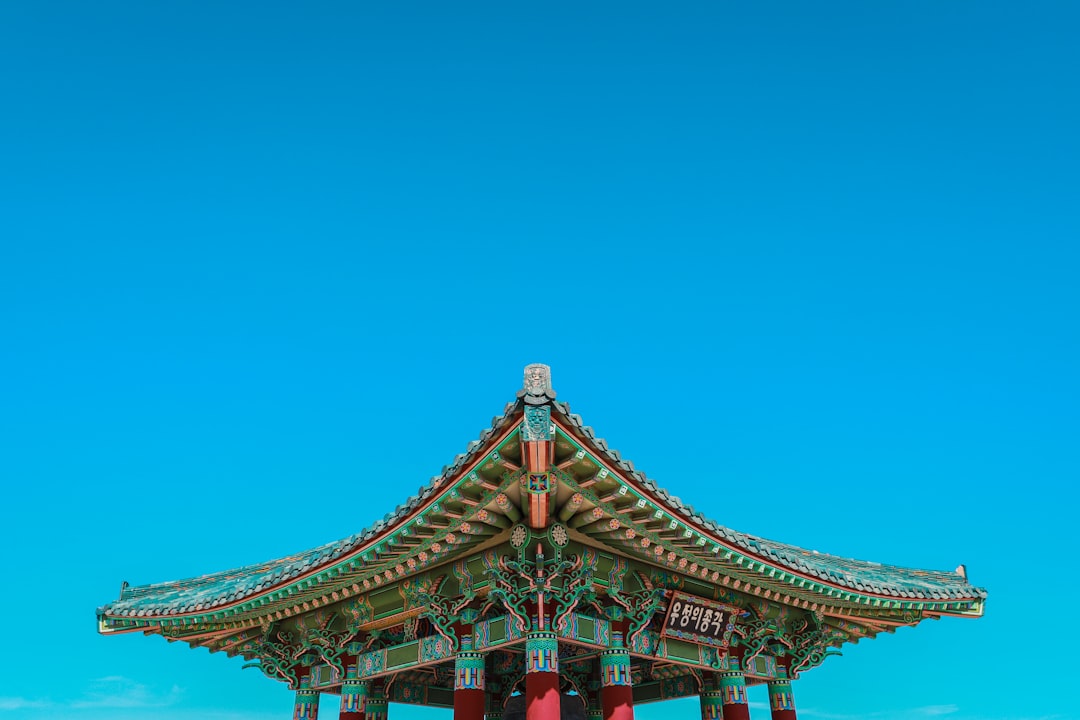Geopolitics and Markets Review – 18th September 2023
The Landscape of the Korean Peninsula – Part 1
An inconsequential meeting or a meeting that signifies the direction of global geopolitics? This week we saw a meeting between Kim Jong Un of North Korea and Vladimir Putin of Russia, where they committed to the fight against imperialism. They’ve committed to the fight against imperialism while fighting in Ukraine, which North Korea expressed support for. An interesting stance to take.
The two isolationist leaders met in the secluded east of Russia, a sign of how far both states have strayed from the geopolitical sphere. However, we know the aspirations of both states won’t remain isolated. Their actions will influence all other states of the world, as we see with Russia’s war in Ukraine and North Korea flinging missiles over South Korea and Japan towards the Pacific.
We’ve also recently seen the United States and South Korea, along with Japan, hold the summit at Camp David last month where they signed a security agreement to deepen military and intelligence cooperation. We already frequently see U.S. aircraft carriers docked in both Japan and South Korea, and the pact will only increase the U.S. influence in the Pacific. This is deemed to counter Beijing. But the pariah state of North Korea remains uncontrollable by anybody outside of China. It's clear to me that the region that is the topic of all these moves is the Korean Peninsula.

How will the Korean Peninsula and its states interact with one another over the coming years? What is the significance of these recent moves?
Two sides are clearly forming in the Korean Peninsula and surrounding areas.
Keep reading with a 7-day free trial
Subscribe to Geopolitics Explained to keep reading this post and get 7 days of free access to the full post archives.


